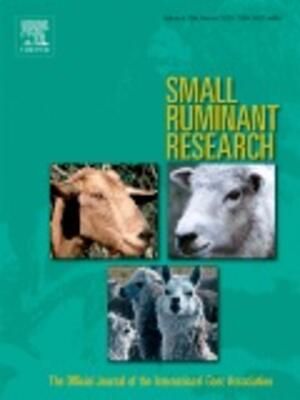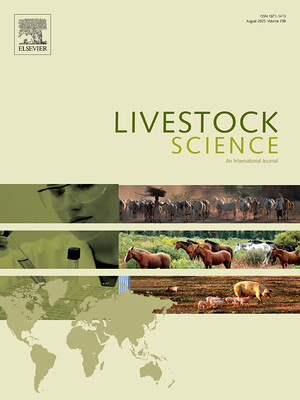
Coenurus cerebralis infection in Ethiopian highland sheep: incidence and observations on pathogenesis and clinical signs
Abstract
An investigation was carried out at Debre Berhan, Ethiopia, between 1996 and 1997, into the epidemiology of coenurosis in Menz and Horro breeds of sheeA total of 37 heads from clinically sick and 183 heads from apparently healthy sheep were examined post mortem for the presence of the cystic larvae of Taenia multicepss, of which 37 and 5 heads, respectively, contained 1 to 8 coenurus cysts (diameter 0.8 to 6.5 cm). The bladder worms were located in the cerebral hemisphere in 96 percent of the cases (43 percent and 57 percent for left and right, respectively), 4 percent being in the cerebellum. Prediction of cyst locations based on the direction of circling and head deviation had a 62 percent success rate. A retrospective study generated from the health record book at the ILRI Debre Berhan Station in 1992-1996 (199 Horro and 174 Menz) revealed that the incidence of coenurosis ranged from 2.3 percent to 4.5 percent. There was no significant breed difference in the incidence. The age of the affected sheep ranged from 4 to 96 months, with a mean of 19.3 months, and 72 percent of the cases were within the range of 6 to 24 months. In a complementary survey on necropsied stray dogs, 8 out of 17 were positive for Taenia spBoth studies confirm the endemicity of coenurosis at the ILRI Debre Berhan Research Station. Appropriate strategies for the control of coenurosis are suggested.
Citation
Tropical Animal Health and Production;31(1): 15-24









